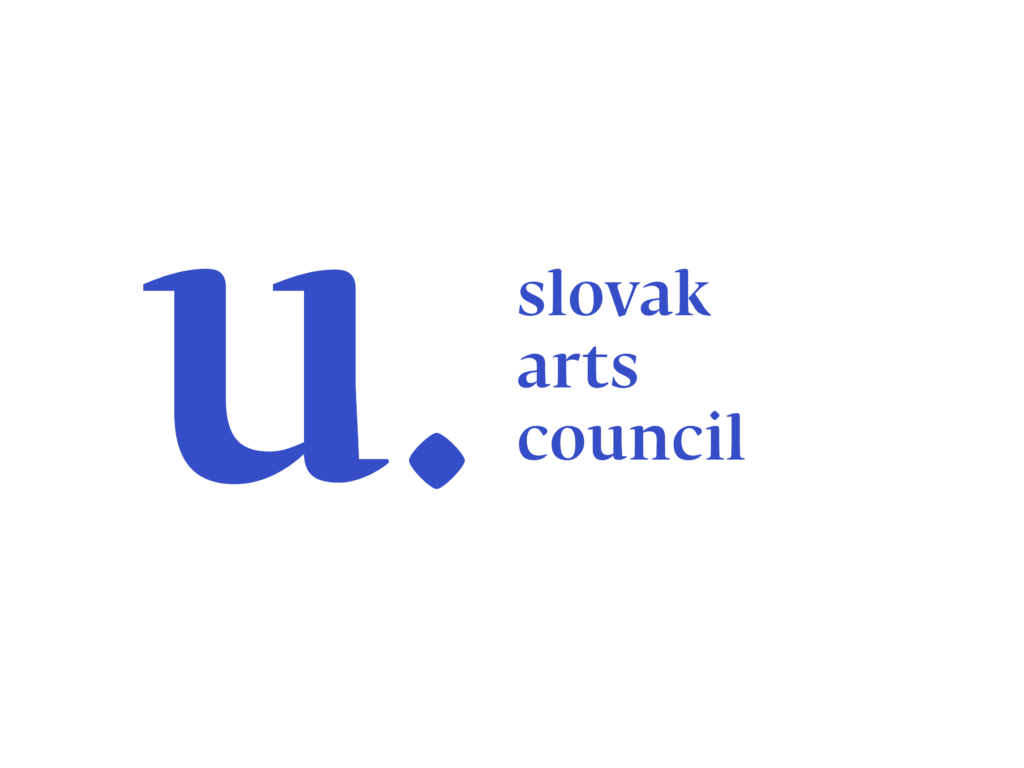On the border between love and the raveges of reality
Onomatopoje Studio in Košice is run by Róbert Rampáček and Palko Matia. Robert is a master of sound who studied at the Academy of Arts in Banská Bystrica, and is the founder of the documentary film festival DOCsk. Palko is a cinematographer who also studied at the Academy of Arts. He was part of the Street Art Communication festival. Since 2015 they have been creating audiovisual snippets, promo videos, and animations for NGOs, cultural organisations, businesses and start-ups. They play an important role in the creative audiovisual scene in Košice.
What development path have you gone through?
We both studied filmmaking, alongside which we were involved in organising festivals. Róbert organised a documentary film festival in Košice, and I was involved in organising the Street Art Communication festival. After finishing film school, we naturally stayed in the cultural and creative environment and we are still involved in it as video creators.
Creatively, we operate in the range of genres we pursued alongside our studies: in between love and the ravages of reality. As our work developed, in 2018 (after 4 years of solitude) we traded our own studio for the inspiring co-working space 436 Lab. One of the casualties of this change was audio post-production, which we have since outsourced. However, the paradigm shift has brought new relationships to our business, new working partners, more investment in hardware, a greater focus on the visuals of our work, and Christmas parties with more than two people. Today, we can cover and create medium-sized audio-visual productions in-house.

Does the development of technology force you to innovate, not only in the process of production, but also in communication with customers and clients or internally, within the company?
Drones, VR, 180, 3D, deep fake…, that’s where we are now. The image capture technology itself is getting more accessible, cheaper, more interesting, and more intelligent. We are now – both as a society and as a company – on the edge of entering the virtual space. We are starting to make real distinctions about whether we are creating 2D or 3D, on what platforms the content will be presented, or the type of device to be used for viewing. Whether communicating with each other or with a client, it makes a difference if we’re creating content for a 6 inch smartphone or Oculus.
Well, on top of that, artificial intelligence is currently knocking (knock knock) on the door. The latest versions of post-production programs use deep neural networks and machine learning for face recognition, object detection, superscaling, or isolating the human voice from the environment… Not everything can be used conventionally, of course, but in the search for expressive elements or distinguishability, there are really a lot of options today.
We are at the moment testing the possibilities and applicability of 360 stereoscopic production.
How do you perceive the cooperation in your sector in Košice? Is there a consciousness of the need for cooperation and mutual building of better conditions for all who are in your sector?
It is an absolute necessity. Although video can be self-made to a certain extent, film is a collective project. In Košice we know each other within the sector, we know who does what, and what people’s specialisms are. We know what is missing, what we have to order from outside. I think that the “awareness” of cooperation comes with an increasing level of experience and working relationships.
Unexpected partnerships are the best! Long story short: if our colleague, graphic designer Roman Juhás from Midfield Studio, hadn’t gotten us into the National Design Award, we most likely wouldn’t be winners today.
Are there enough skilled people here for businesses like yours to be able to deliver new values and growth?
The centre of the Slovak audiovisual market is in Bratislava, and creative people from Košice who don’t have serious ties to home often end up there. There are no major audiovisual producers in the city. If something bigger is being created, the artisans are brought in from outside. When we worked on a documentary for RTVS last year, the camera operator, the editor and the sound engineer were from elsewhere; we were in charge of the script, direction, production and image post-production. As far as educational and creative opportunities go, the Slovak Arts Council and the Slovak Audiovisual Fund often come up with good opportunities. For example, we are currently working on the development and testing of an animated science fiction film, for which we received a grant from the AVF.

Do you have experience working with the community you live in?
Róbert is part of the Úsmev Cinema’s inclusion programme as a lecturer and currently also the dramaturge of the project. I am a co-creator and lecturer of the audiovisual educational lab in Tabačka.
It is important for us to be a real part of the space in which we live, create and work.
Is the environment in which you work every day supportive for creative enterprises like yours?
A lot has changed in the last 10 years. In the context of the creative industries, it’s mainly due to the ECOC title. Idea incubators, educational projects, infrastructure and new opportunities have emerged. The city has changed from the outside and from the inside. In 10 years, the cultural and creative community of Košice has generated dozens of talented people and projects.
I think the difference today is mainly in the acceptance of culture, art and creativity at the city level.
And for the future – the most important thing, for us, is that Ukraine wins.

Invisible Mag is supported using public funding by Slovak Arts Council. The Slovak Arts Council is the main partner of the project.

